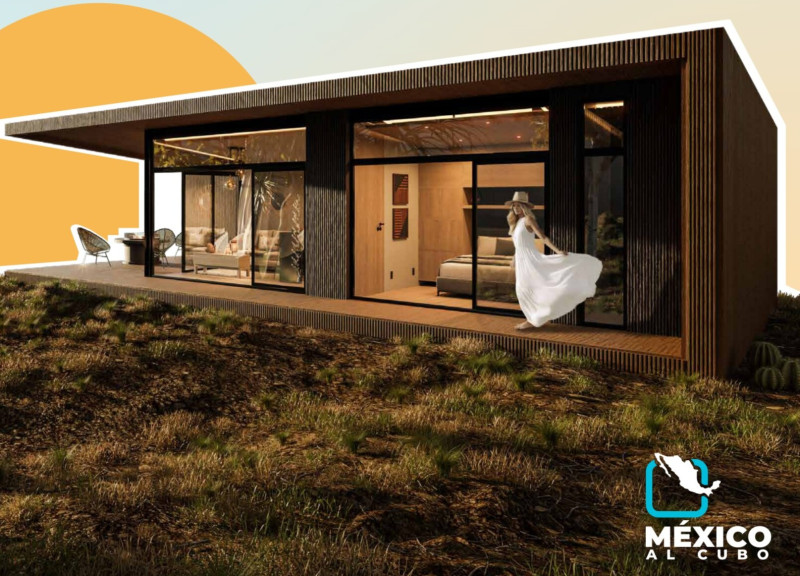5 key facts about this project
Functionally, the project has been designed to accommodate a variety of activities, making it a versatile space that can adapt to the needs of its users. The interior layout is characterized by an open plan that facilitates movement and interaction, encouraging social engagement among occupants. Emphasis has been placed on flow and accessibility, ensuring that all areas are user-friendly and contribute to a welcoming atmosphere. This approach not only enhances the usability of the space but also promotes a sense of community among its users.
One of the standout elements of the project is its materiality, which is carefully curated to reflect both the local vernacular and modern sensibilities. Predominantly, the structure features a mix of materials, including high-performance glazing, raw concrete, and sustainably sourced timber. These materials have been selected not only for their aesthetic qualities but also for their durability and environmental performance. The use of large glass panels facilitates natural light penetration, reducing reliance on artificial lighting and creating a vibrant, inviting space. The juxtaposition of the rugged concrete with the warmth of timber adds a tactile quality to the architecture, enhancing the sensory experience of those who inhabit the building.
Architecturally, the project introduces innovative design approaches that challenge conventional notions of space and form. The façade is distinguished by its asymmetrical lines and dynamic shapes, which create visual interest while allowing for functional solar shading. This design consideration not only enhances the building's energy efficiency but also contributes to its unique identity within the urban landscape. The exterior is adorned with strategically placed greenery that softens the rigid lines of the structure, providing a visual connection to nature and enhancing the building’s overall ecological performance.
Public spaces within the project have been designed with careful attention to detail. Courtyards and communal areas are seamlessly integrated, fostering interaction amongst users and creating vibrant pockets of activity. This encourages an immersive experience, allowing inhabitants to engage with the architecture in a meaningful way. Such spaces are vital in urban settings, serving as a refuge from the hustle of city life and promoting well-being.
The architectural design integrates advanced technologies to ensure sustainability and energy efficiency. Smart building systems manage heating, cooling, and lighting in response to occupancy and environmental conditions. This level of sophistication not only reduces the building’s carbon footprint but also ensures a comfortable environment for occupants.
The project stands as a testament to thoughtful architectural design, embodying principles that prioritize community, sustainability, and innovation. The unique blend of materials, the harmonious relationship between spaces, and the engagement with the surrounding environment speak to a design philosophy that is contemporary yet contextually relevant. Observing and analyzing the architectural plans, architectural sections, and architectural designs would provide a deeper understanding of the intricate details that contribute to the overall concept.
To fully appreciate the nuances and intricacies of this architectural project, further exploration of its presentation is encouraged. Delve into the concepts behind the design and examine how the elements come together to create a cohesive architectural narrative that is both functional and aesthetically pleasing. The journey through the project reveals countless architectural ideas that underscore the importance of thoughtful design in contemporary architecture.


























